Under the skin: audio extracts
Below you will find extracts from the exhibition 'Under the skin: anatomy art and identity'.
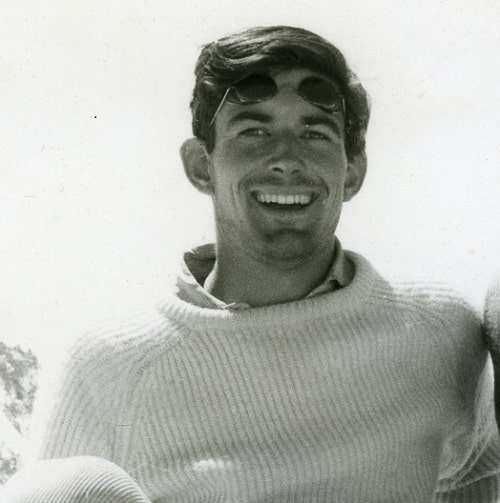
Anthony Seaton describes attending post mortems as a student
Anthony Seaton: Transcript
Anthony Seaton describes attending post-mortems as a student.
What I started to realise, was the power of physical examination and also very quickly in, in those three years at Liverpool I learnt the value of post-mortem examinations and I was an assiduous attender at post-mortems.
You might laugh at this but they were held on lunch time [laughing] and the Liverpool Royal Infirmary students were invited, they didn’t have to go but they were invited to go to the post-mortems at lunch time and you could see two or three done and then you’d see the slicing the liver up and then you go to the canteen and they’d have liver on the menu [laughing].
But I, I realised how important a post-mortem was in revealing what had been missed in life and I got very interested in physical examination and how, how much you could deduce from a physical examination about what was going on inside somebody, much more than the average lay person would think.
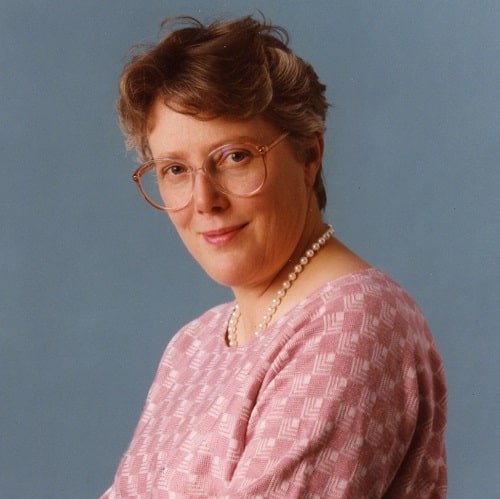
Barbara Bannister recalls how early ultrasound saved a patient with a brain tumour
Barbara Bannister: Transcript
Barbra Bannister recalls how early ultrasound saved a patient with a brain tumour.
Up until I was a registrar there was absolutely no imaging except for X-Ray. There was a little bit of isotope imaging to look for brain tumours, but it was X-Ray, if you wanted to do a tomogram you could do an X-Ray tomogram which was mechanically managed like a, a gigantic record changer under the patient, and it was very exciting, but the pictures weren’t very revealing.
And when I was a registrar I was working at Whipps Cross Hospital and greyscale ultrasound was just being invented. And excitingly we used it to, it would be totally inappropriate now, but it helped then to look at a person who was developing long tract motor signs in their, in their neurology, and the radiologist said, ‘I’ve got this new ultrasound machine and I’m going to have a go with it,’ and it revealed a tumour and it was a meningioma, and the patient was rescued. And we thought it was wonderful, and the radiologist floated around on another planet for several days after that.
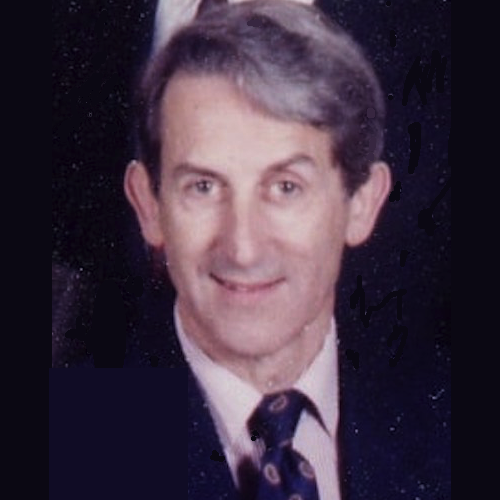
Colin Berry recalls the anatomy teaching he received
Colin Berry: Transcript
Colin Berry recalls the anatomy teaching he received.
You know I have to say that whilst the value of anatomy teaching to me, as I said earlier, was as a kind of academic discipline. It taught you how to learn things, it taught you that you could also actually acquire an enormous volume of knowledge.
I mean you, if you look at Gray’s anatomy as it used to be, it was a great thing, you think. I remember buying it and thinking, ‘My God, I’m never gonna be able to learn all this’, but of course you can because what you acquire is a, a descriptive. I mean when you talk about a muscle you talk about where it takes its origin, where it runs and where it’s inserted and where it’s innervated. So you learn that you, you get into that frame of learning, and I think it’s a bit like Latin, if you like, at school, it, it teaches you things about learning that are valuable, without your, you know, well necessarily being anatomy.
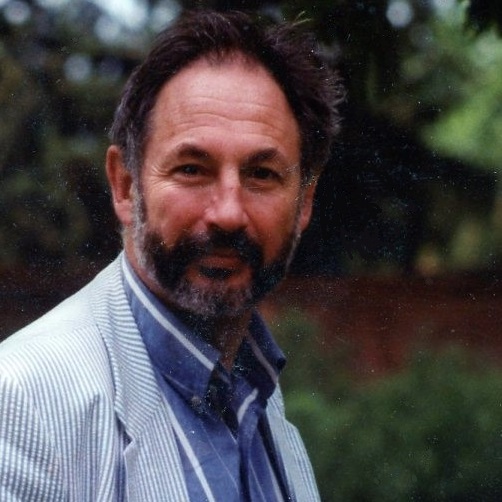
Eric Beck talks about the lunchtime postmortems he used to attend
Eric Beck: Transcript
Eric Beck talks about the lunch time post-mortems that he used to attend.
The other thing about the Hammersmith which was a habit which I then saw in other places was after you’d had your lunch you went to the post-mortem room to see, as it were, the corpse of the day. And this was a, a very effective bit of teaching.
That the pathologist would, would be doing an autopsy much in advance of the audience coming and the houseman would present the history of the case of the person who died and the pathologist would then demonstrate what he had found which usually fitted in reasonably well with the ante-mortem diagnosis but occasionally revealed some very striking conflicts.
And again it made the point, you know, the importance of teamwork and people talking to each other and how much you learned from your colleagues.
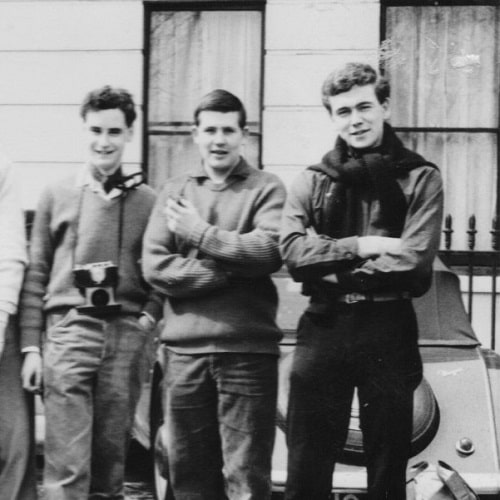
John Turner (centre) speaks about his early perception of anatomy as very inhumane
John Turner: Transcript
John Turner speaks about his early perception of anatomy as ‘very inhumane’.
I mean I didn’t like anatomy, I knew I wasn’t going to be a surgeon. When I did my biology A Level back at Worksop College we had to do a practical where you had an external examiner and we had to dissect these appalling dog fish yeah, which were preserved in formaldehyde.
So you had your little dissection kit which was like a medical kit of little scalpels and had dissecting forceps and the external examiner came over and looked at my offering of the dog fish and said, ‘Did you use an axe?’ So I thought surgery is definitely not for me from an early stage. I think anatomy I saw as very, very inhumane subject from quite early on.
I remember we had our very first introduction to this where we were in sort of traditional lecture theatre and we were being taught about what the anatomy course would consist of and one of the anatomy lecturers took out a human limb, severed human limb took it out of its wrapping and threw it into the assembled students, newly arrived students for somebody to catch. He said, ‘This is the sort of thing you’ll be working on.’ I didn’t think much of that.
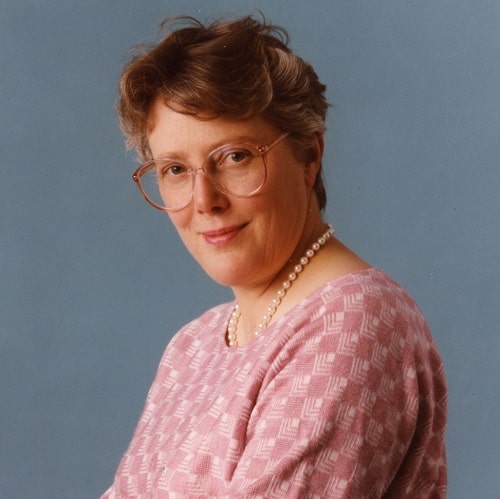
Barbara Bannister remembers her anatomy teachers at the Royal Free Hospital
Barbara Bannister: Transcript
Barbara Bannister remembers her anatomy teachers at the Royal Free Hospital.
And there was an even more redoubtable elderly professor who’d retired and she was very strict and she used to tease the boys relentlessly if they couldn’t recite the anatomy of the female pelvis. And there was a lady surgeon who was very good on anatomy of course and very good on how to crash your car without breaking your hips and would sit at the side of the body, because we had a whole body in those days and we had to work on it and look after it because of course it had been donated for us, and she would sit in the chair and raise her arms to both sides shouting ‘if I am the uterus and these are my tubes.’
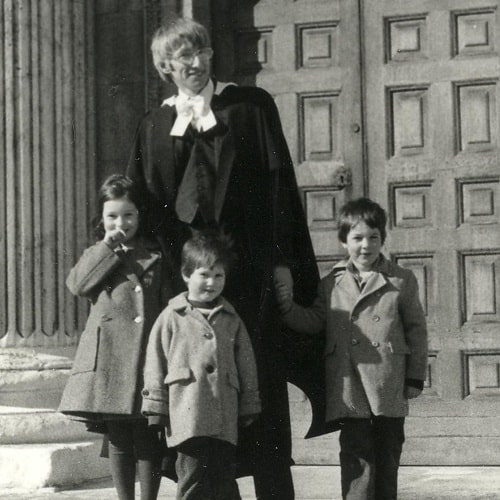
Michael de Swiet speaks about the importance of ultrasound in pregnancy
Michael de Swiet : Transcript
Michael de Swiet speaks about the importance of ultrasound in pregnancy.
But I guess it’s the advances in imaging that would have been most important to me both as a physician and in my relationship with the obstetricians because there is as much concern about the use of X-rays in pregnancy as there is about the use of prednisone in pregnancy.
You know, people would throw up their hands in horror at the thought of having a chest x-ray in pregnancy not knowing that if they flew to the United States they’d get just as much radiation to their foetus from the altitude and the thin air as they would have done from a chest X-ray. So ultrasound is, is hugely important in obstetric practice as of course it is in general medical practice.
And when I first started there were so called A scans and, and people could manage to get some information about the, the foetus just from bouncing sound waves and looking at the lines that these produced on the screen. But, you know, now the, the resolution and, and speed of capture of results is, is wonderful. So there’s a huge, huge amount of information about foetal wellbeing that ultrasound has, has brought.
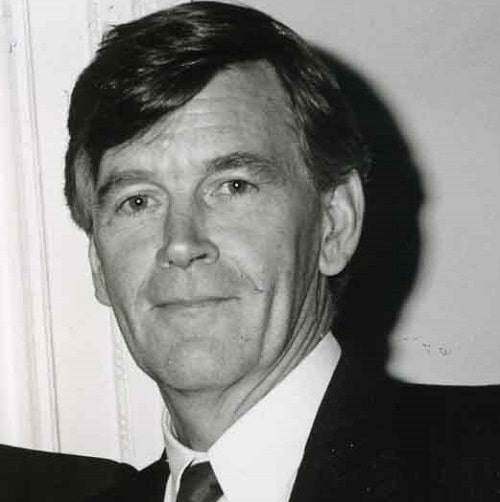
Michael Maisey describes developing Positron Emission Tomography (PET) scanning in the UK
Michael Maisey: Transcript
Michael Maisey describes developing positron emission tomography (PET) scanning in the UK.
Positron emission tomography is a way of using positron-emitting radio isotopes that give very high quality information about functional aspects of disease, and it had been used as a research tool at the Hammersmith very effectively for a long time. And in America there were several clinical centres being developed, mainly to look at brain disease and also to some extent cardiac and just a little bit of, of cancer work was being done, but the whole thing was enough to see that it was going to be a significant player in that whole field of research and clinical medicine and we did not have a clinical one in this country.
We, we again, we, we put this to the medical school and the hospital, and it was agreed that it would be a good idea, but we had to find the funds to install it and make a centre, and when we had, we had to make sure we had the funds to run it, because no funds were gonna come from either hospital, so it had to be a totally self-funding capital project and a self-funding running project. Which was a interesting challenge. We did scans for people as far north I think as Birmingham, Manchester, and gradually we were having people referred from all over the country. Now there are PET centres all over, all over the place now, it’s a recognised and normal part of good clinical management. You mentioned brain and heart, but now cancer is somewhere around ninety percent of, of the work PET centres do.
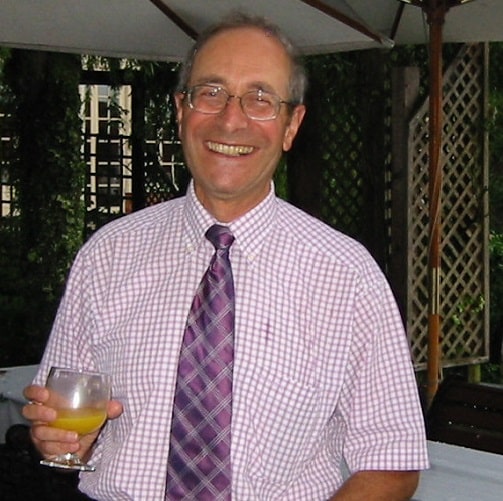
Stephen Spiro describes his unusual first anatomy viva
Stephen Spiro: Transcript
Stephen Spiro describes his unusual first anatomy viva.
In anatomy we had vivas every three weeks. So for our first viva, which was on the examination of the breast, we had a cadaver of course and there four of us on the cadaver, cadaver two on each side. I worked with a chap who was a Kenyan and we got on very well and I really, really mugged up everything about the breast and after three weeks we had our first viva which I thought was very important, it was my first test as a medical student.
And the guy the prosector said to Soni, ‘Soni, where do you come from?’ and he said, ‘Kenya, sir,’ and he turned round to me and he says, ‘Spiro, what’s the weather like in Kenya?’ and I said, ‘It’s um hot and wet, sir.’ He said, ‘Yep, good, that’s not bad for a first viva I’ll give you both 65 per cent.’
